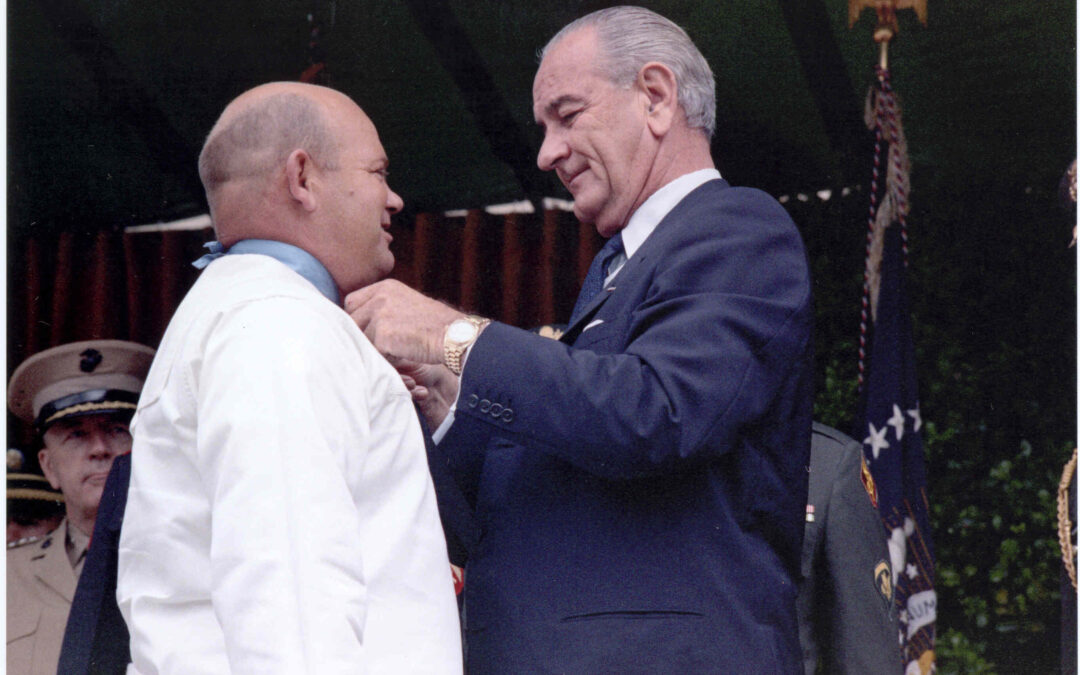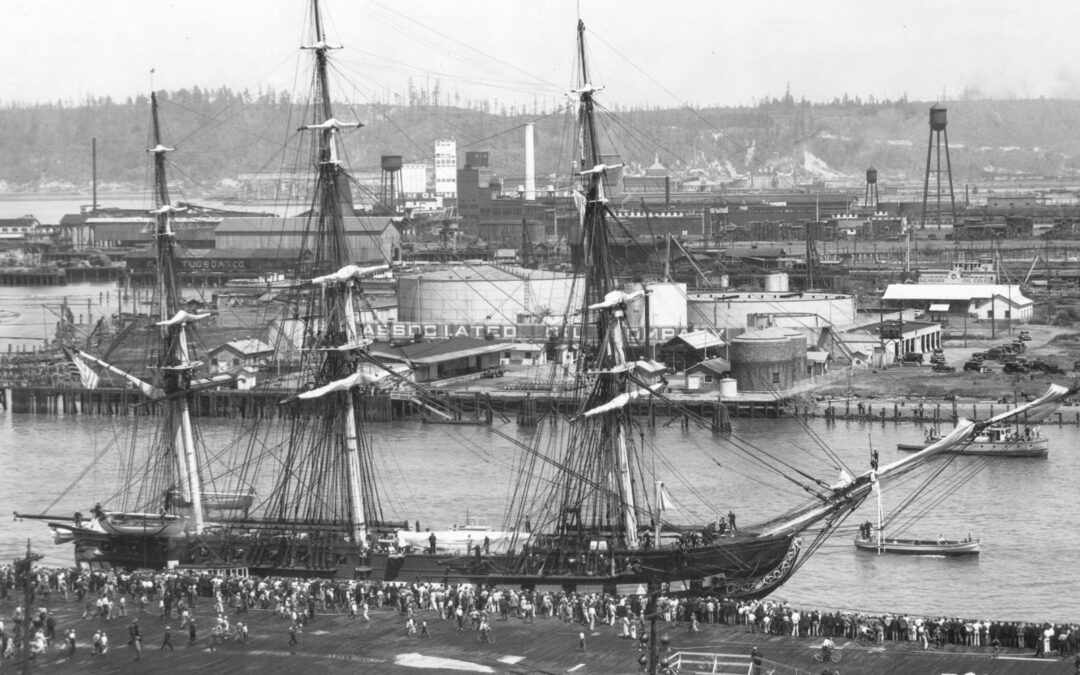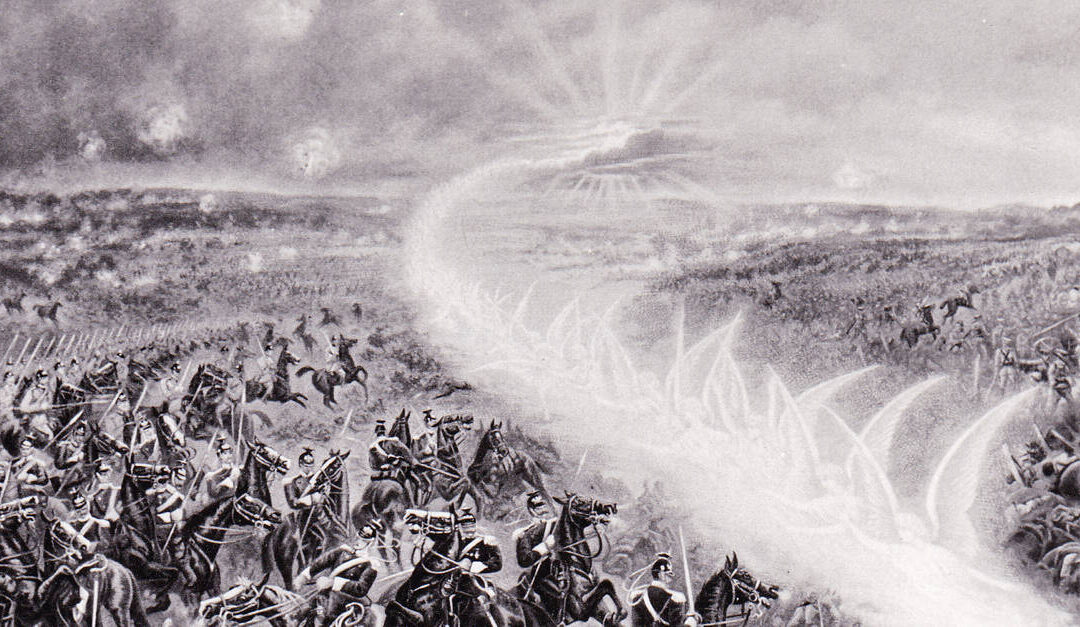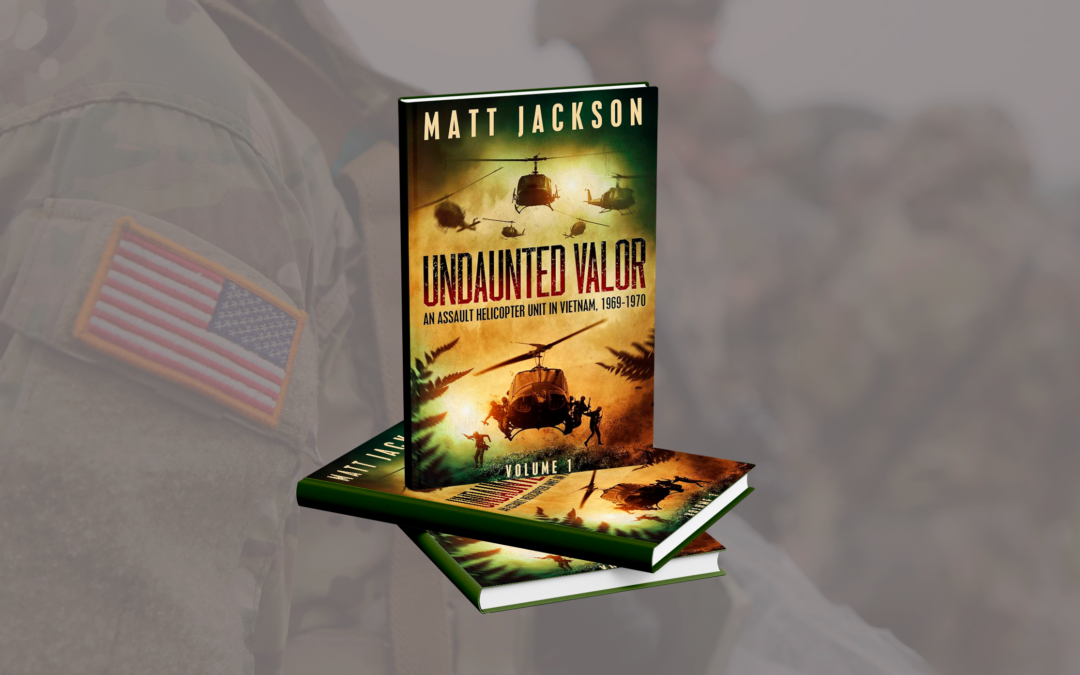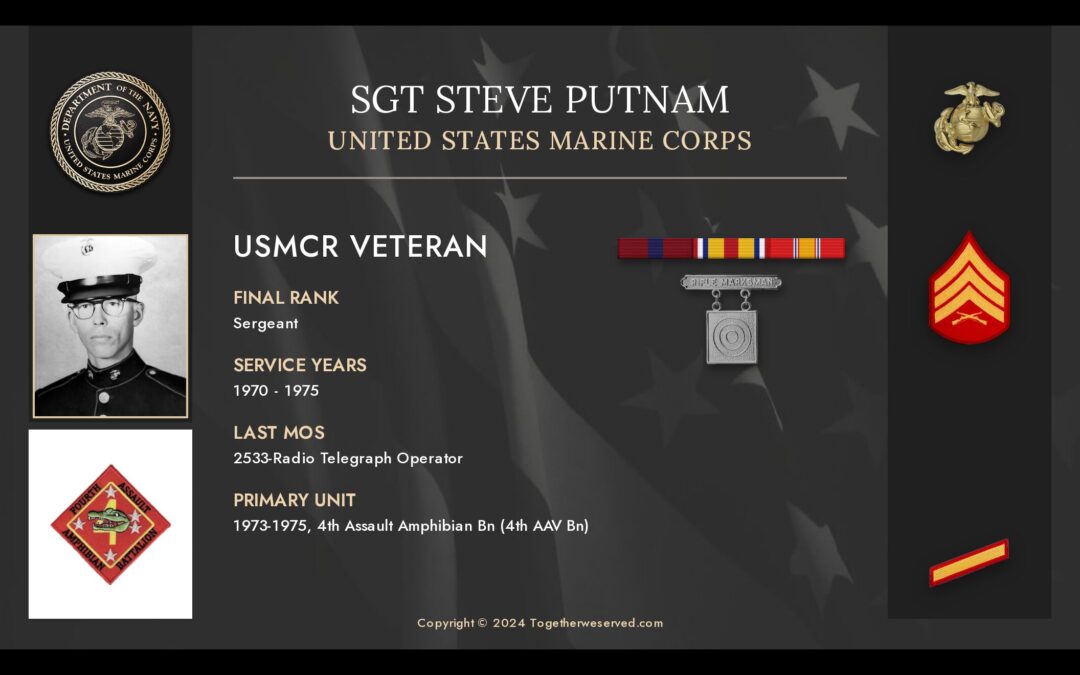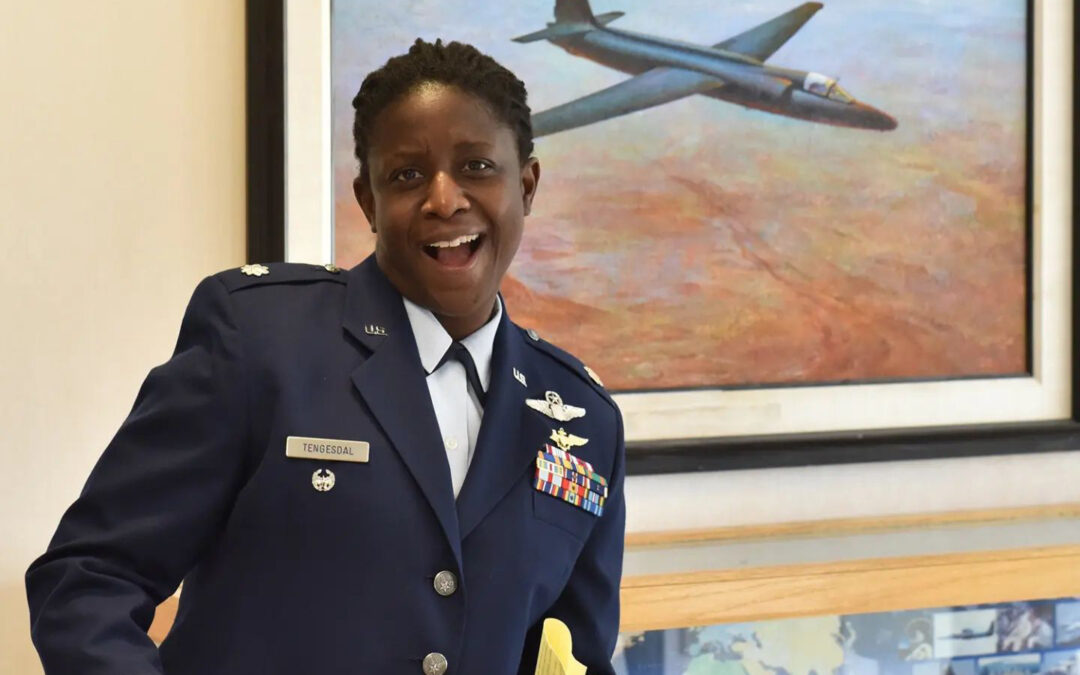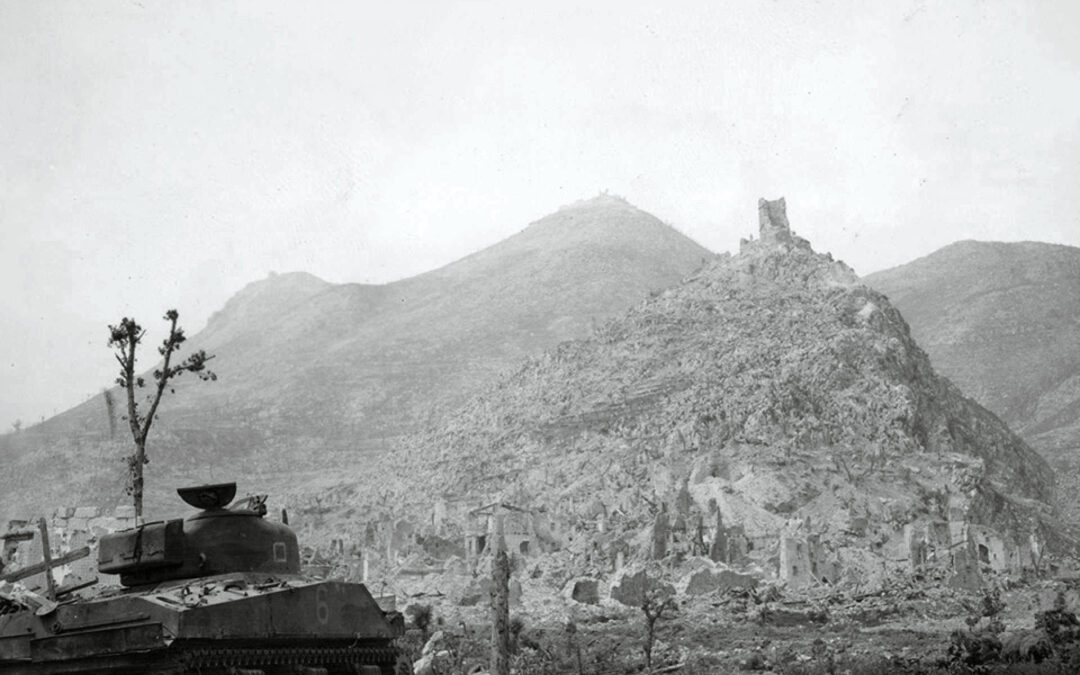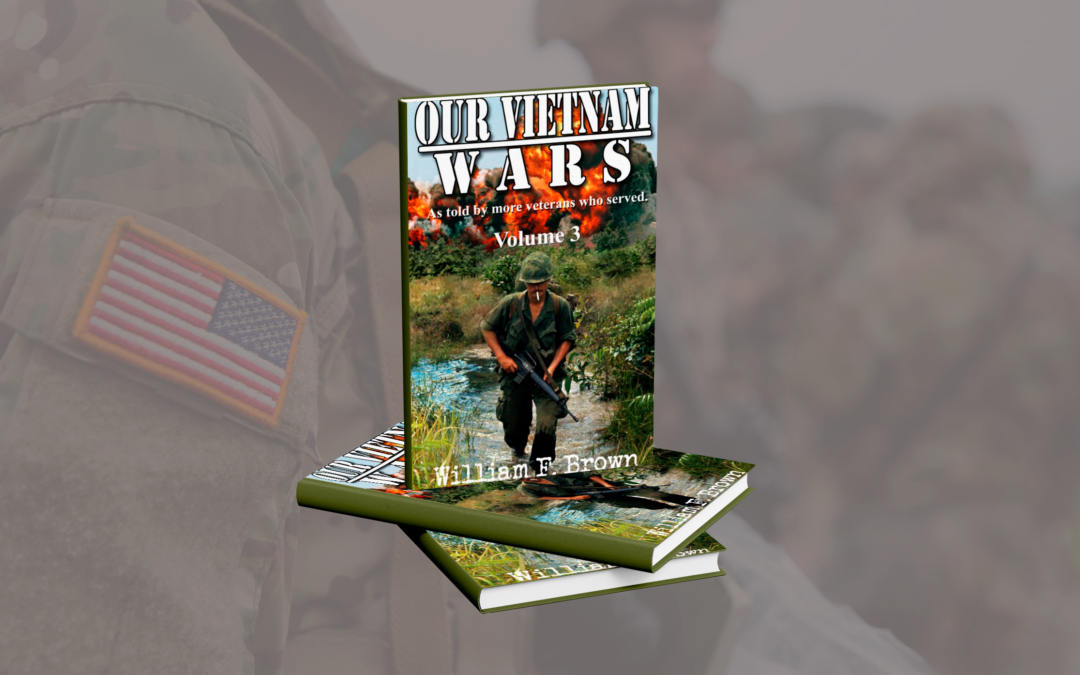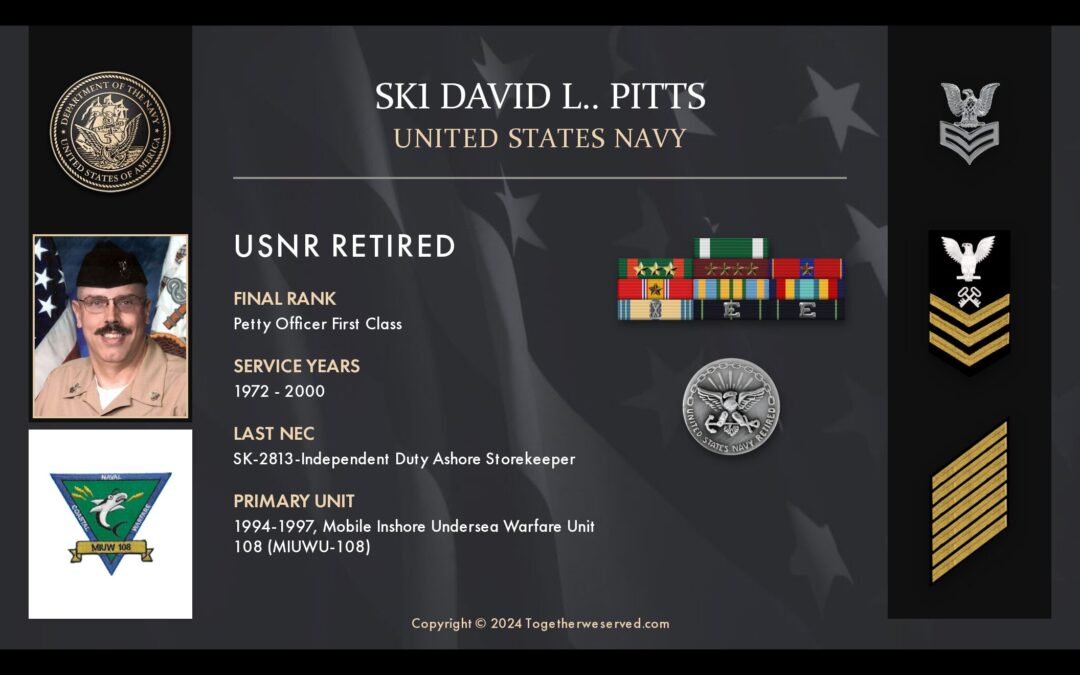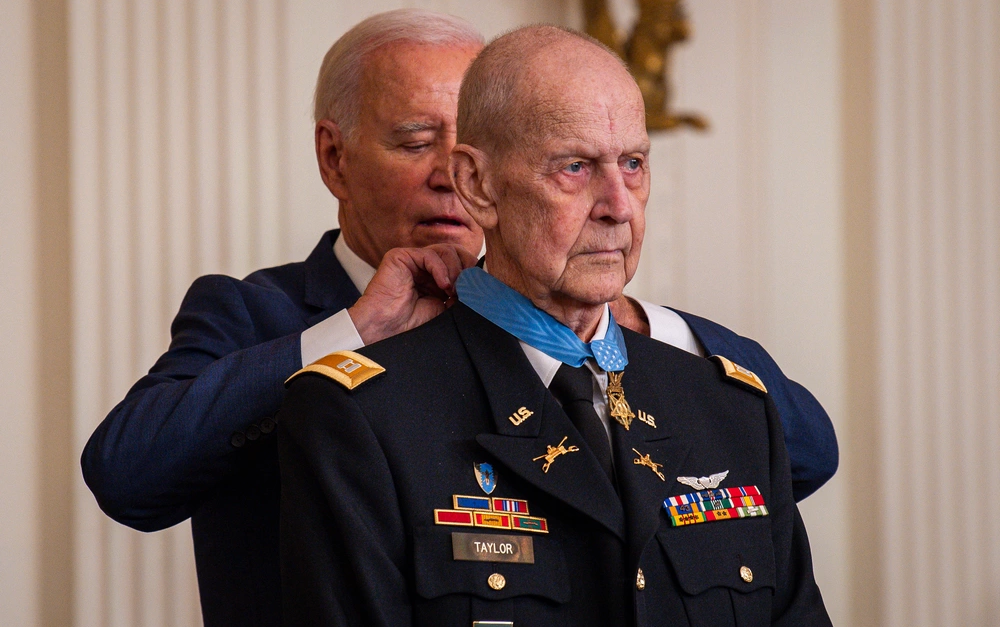After serving nearly 20 years in the Navy, many enlisted sailors might opt for an easy assignment for their so-called twilight tour. But that was not why James E. Williams joined the Navy. He joined in 1947 because he thought getting paid to serve your country was possibly the greatest thing he could ever do. Over the course of the next 20 years, Williams would eventually become the most decorated enlisted sailor to ever serve in the U.S. Navy. Born in 1930, Williams was a South Carolina native who convinced a county clerk to fudge the date on his birth certificate so he could enlist in the Navy at 17. Early Career and Naval Beginnings of James E. Williams After graduating from basic training in San Diego, he became a Boatswain's Mate. He didn't get the adventurous assignment he wanted from his first Navy enlistment, but he did learn a valuable lesson that would carry him through the rest of his career. "I'd got orders to an [landing ship, tank] that just sat around a buoy in...
